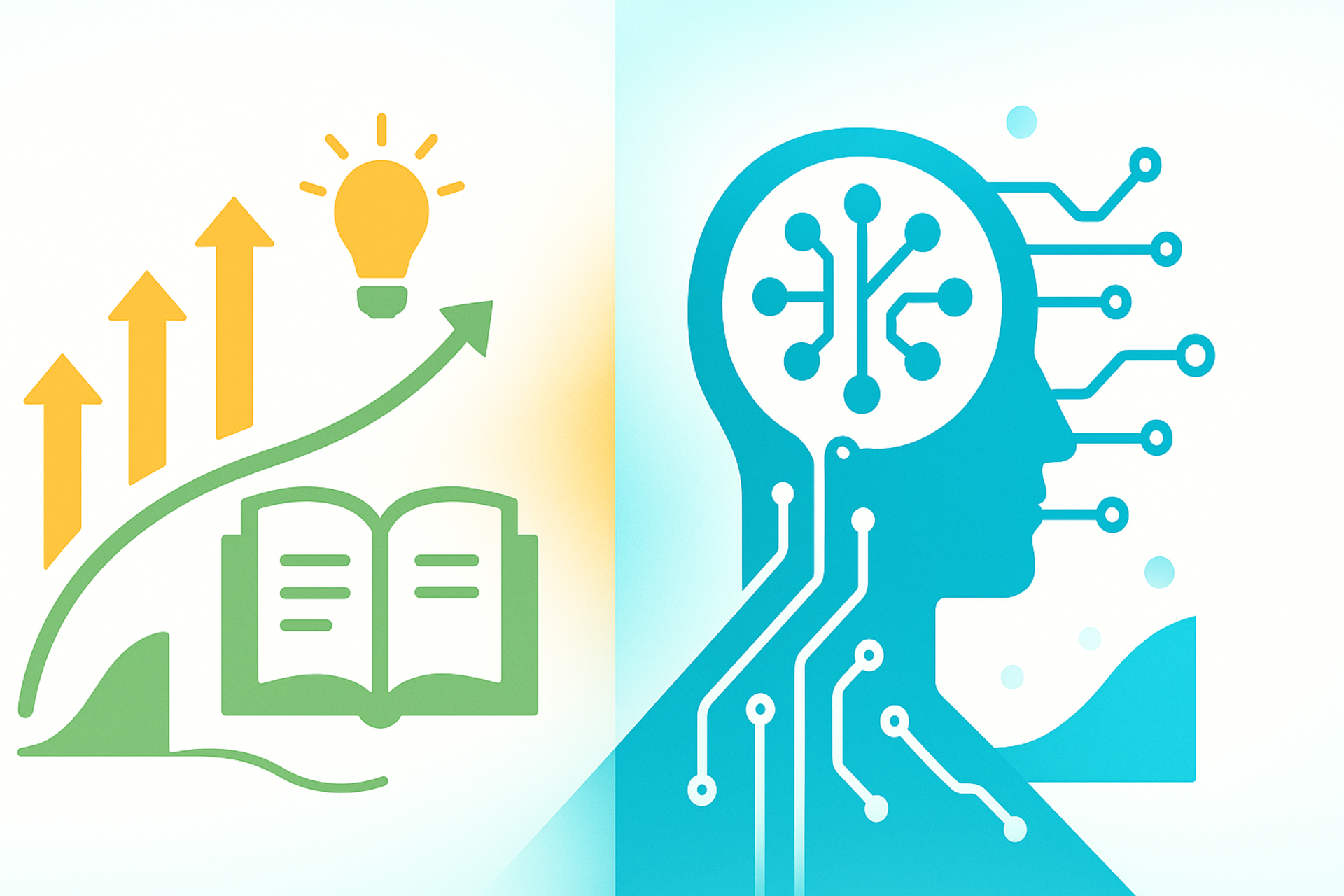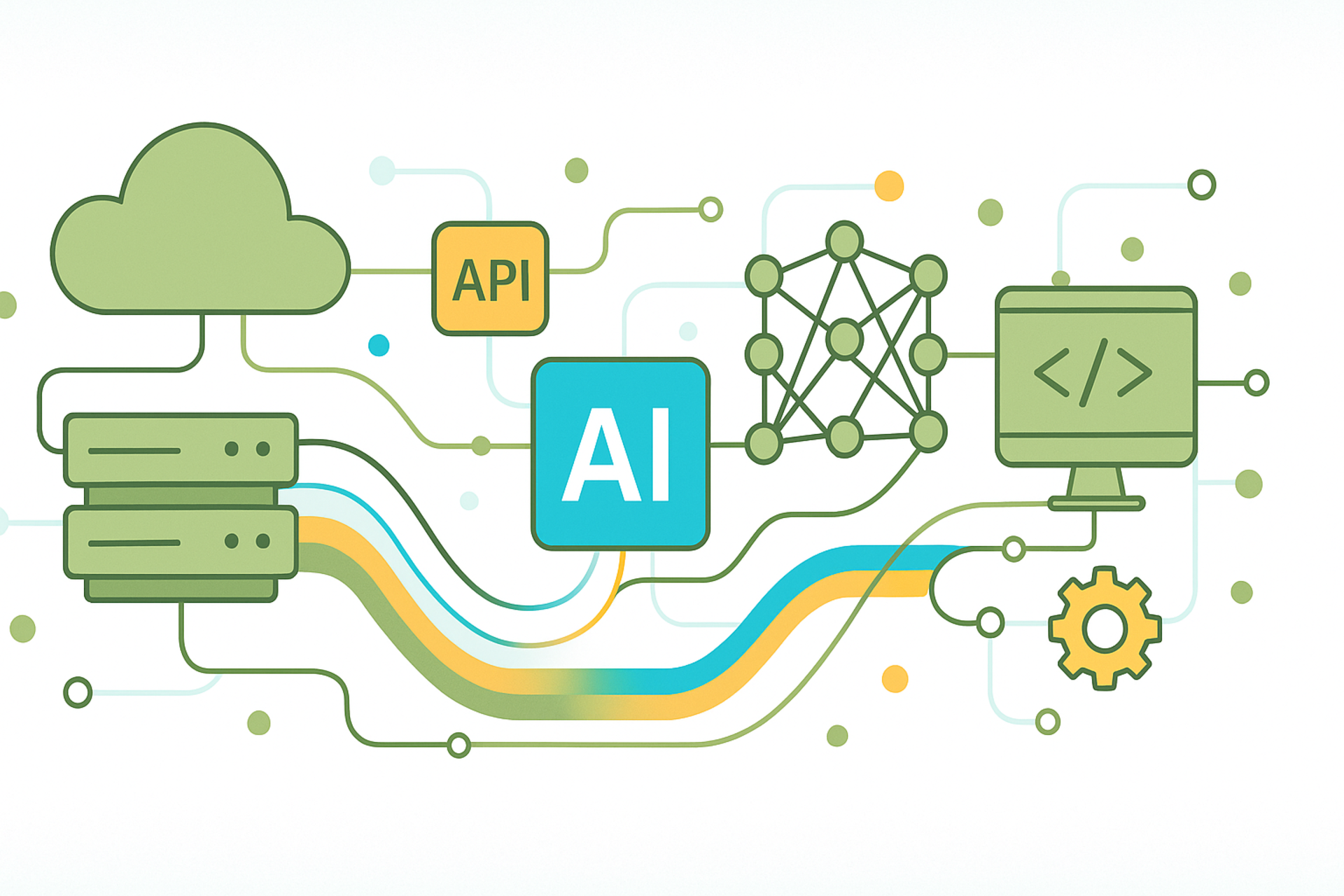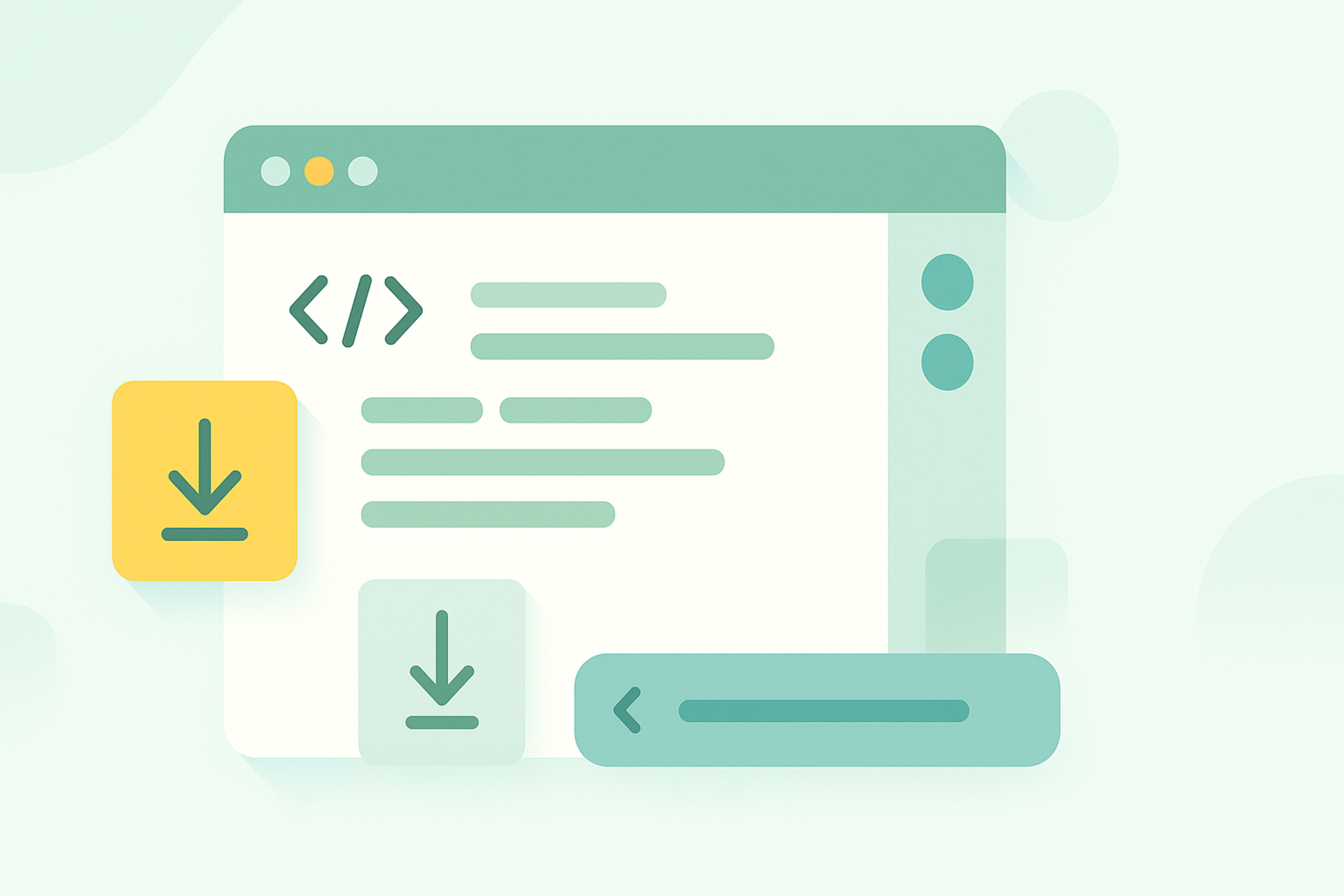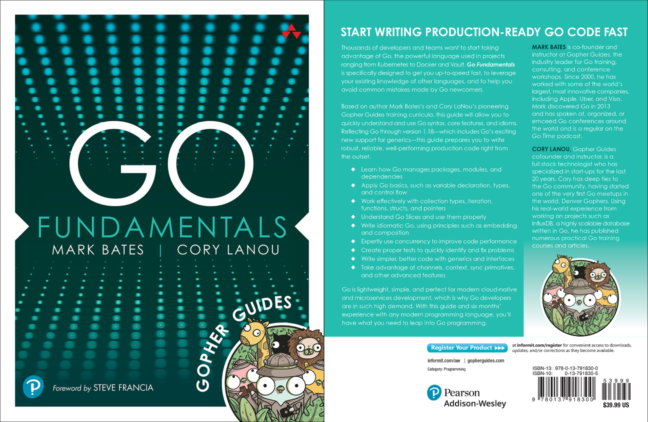Why Your Team Still Needs Go Training in the Age of AI
Overview
AI hasn't killed software training. In fact, after seeing training demand slow down initially when ChatGPT and Copilot took off, we're now busier than ever. Why? Because teams are discovering what I've been saying all along - AI is only as good as the code it learned from, and most Go code out there isn't idiomatic.
Target Audience
This article is aimed at Go developers, team leads, and CTOs who are using or considering using AI tools for Go development, and want to ensure their teams write idiomatic, maintainable Go code.
Why AI Can't Replace Real Go Expertise
Let me be direct: AI hasn't killed software training. In fact, after seeing training demand slow down initially when ChatGPT and Copilot took off, we're now busier than ever. Why? Because teams are discovering what I've been saying all along - AI is only as good as the code it learned from, and most Go code out there isn't idiomatic.
The Uncomfortable Truth About AI and Go
Here's what's happening in the real world. Teams are using AI to generate Go code, and it works - sort of. The code compiles, tests pass, and features ship. Six months later, they're drowning in technical debt and calling us for help.
The problem is simple: AI learned from the internet's Go code, and let's be honest - most of it is garbage. It's code written by developers coming from Java or Python who never learned Go's idioms. They wrote Go like it was Java with different syntax.
I see it in every code review:
- Interfaces defined next to their implementations (that's Java thinking)
- Pointer receivers on everything because "that's more efficient" (it's not)
- Complex inheritance hierarchies recreated with embedded structs
- Channels used where a simple mutex would do
- Zero understanding of when to actually use goroutines
AI reproduces these patterns perfectly. It's really good at generating bad Go code that looks like good Java code.
Is Software Training Dead?
No, and here's why: AI is a tool, not a teacher.
When I work with teams, I don't just show them how to write a for loop or declare a struct. Any AI can do that. I teach them to think in Go. That means understanding:
- Why Go has no inheritance (and why that's a feature, not a bug)
- When interfaces should actually be defined (hint: at the point of use, not declaration)
- How to design concurrent systems that don't deadlock in production
- Why "accept interfaces, return structs" isn't just a cute saying
These aren't syntax issues. They're architectural decisions that determine whether your codebase is maintainable in two years or a nightmare that requires a complete rewrite.
"But AI Solves All This for My Team, Right?"
I hear this from CTOs all the time. Their developers are shipping features faster than ever with AI assistance. What they don't see is what I see when I come in six months later:
The Copy-Paste Architecture: Developers using AI-generated code without understanding it. When something breaks, they can't debug it because they never understood how it worked.
The Anti-Pattern Multiplication: One developer uses AI to generate a singleton pattern (which you almost never need in Go). AI helpfully reproduces this pattern throughout the codebase. Now you have 47 singletons and race conditions everywhere.
The Performance Cliff: AI loves to generate "safe" code with excessive locking, unnecessary interfaces, and pointer receivers everywhere. It works fine in development. In production, under load, your application falls over.
The Maintenance Nightmare: AI-generated code often works but isn't idiomatic. New team members can't understand it. The original developers can't modify it safely. Every change risks breaking something.
Will Training Help Me Use AI Better?
This is the question smart teams are asking, and the answer is absolutely yes.
Here's what changes when trained developers use AI:
They Know What to Keep and What to Throw Away
When AI generates a 50-line function to do something that should take 5 lines, trained developers recognize it immediately. They know Go's standard library well enough to say "this is just strings.Cut" or "use sync.Once here."
They Can Prompt Better
Understanding Go's idioms means writing better prompts. Instead of "create a function to process user data," they write "create a function that accepts a UserProcessor interface and returns a concrete UserResult struct, following Go's standard error handling patterns."
They Catch AI's Bad Habits
AI loves certain patterns that experienced Go developers avoid:
- Empty interfaces everywhere
- Premature abstraction
- Over-engineering simple problems
- Ignoring the standard library
Trained developers spot these immediately and correct them.
They Use AI for the Right Things
AI is excellent for:
- Generating test tables
- Writing boilerplate
- Implementing well-defined interfaces
- Creating documentation
It's terrible for:
- Designing concurrent systems
- Making architectural decisions
- Optimizing performance
- Understanding business logic
Trained developers know the difference.
The Real Value of Expert Training
When we train teams, we're not competing with AI. We're teaching developers to be better architects, debuggers, and decision-makers. AI can generate code. We teach people to think.
Our most successful teams use this approach:
- Learn Go properly - Understand the language's philosophy and idioms
- Use AI as an accelerator - Generate boilerplate and tests faster
- Review everything - Never trust generated code without understanding it
- Maintain standards - Keep your codebase idiomatic and maintainable
The Bottom Line
AI is making mediocre developers slightly faster at producing mediocre code. It's making good developers incredibly productive at creating excellent systems. The difference? Training and understanding.
If you want your team to be in the second category, they need more than an AI assistant. They need to understand why Go works the way it does, when to use its features, and how to design systems that leverage its strengths.
That's not something you can prompt your way to. That's something you learn from experts who've been writing production Go for years and have seen every way it can go wrong.
The choice is yours: Do you want a team that can generate Go code, or a team that can build Go systems? If it's the latter, then yes, you still need training. Probably now more than ever.
Want More?
If you've enjoyed reading this article, you may find these related articles interesting as well:
More Articles

The Training Paradox: Why AI Makes Expert Training More Important, Not Less
Overview
Here's the counterintuitive truth emerging from two years of AI coding assistants: the better you already are at programming, the more AI helps you. The worse you are, the more it can hurt. This is creating a widening skills gap in software development, and it's exactly the opposite of what everyone predicted when ChatGPT launched. Training isn't becoming obsolete. It's becoming the difference between thriving with AI and drowning in AI-generated technical debt.

Expert Go Training, Now in Your AI Assistant
Overview
What if your AI coding assistant had instant access to 30+ years of Go training expertise? Not the jumbled mess of Stack Overflow and GitHub repos it usually learns from, but actual, curated, battle-tested best practices from thousands of hours teaching Go in production environments. We're building that. It's in beta now, and if you've ever trained with Gopher Guides, you get free access.

A Smoother Path to Go Mastery: What's New in Our Training Platform
Overview
Over the past three months, we've been obsessively focused on eliminating friction in the learning experience. The result? A training platform where you can download entire courses with one click, jump from course material directly into your editor, and navigate content that feels like it was built for how developers actually learn. These aren't flashy features. They're thoughtful improvements that get out of your way so you can focus on mastering Go.


